You can read this exclusive content thanks to the FALATH & PARTNERS law firm, which assists American people with Slovak roots in obtaining Slovak citizenship and reconnecting them with the land of their ancestors.
The beginning of the 20th century was a period full of radical inventions, one of which was aviation. As could be expected, its development was accompanied by many accidents. When Slovak emigrant to the US Štefan Banič witnessed a plane crash, the event sparked the idea of inventing a device that would save a pilot in dire straits.
And he succeeded. Banič designed a specific type of parachute, one he supposedly tried out himself. He even received a patent for the design.
"To all whom it may concern, let it be known that I, Stefan Banic, a subject of the Emperor of Austria-Hungary, residing at Greenville in the county of Mercer and State of Pennsylvania, have invented certain new and useful improvements in parachutes, of which the following is a specification," reads the first sentence of the application filed on June 3, 1914.
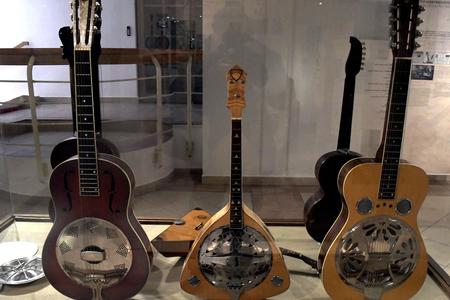
A peculiar design
Štefan Banič was born on November 23, 1870 in Neštich (now officially known as Smolenická Nová Ves), which is today part of the village of Smolenice near Trnava, western Slovakia. After primary school, he worked on the estate of Count Pálffy. As a trained mason, he worked on the construction of the picturesque Smolenice Castle above the village.
However, due to difficult circumstances, Banič was forced to leave the country. In 1907, he became one of the several hundred thousands Slovaks who emigrated to the US, where he worked on farms and in mines. Later, he settled in Greenville, Pennsylvania.
In 1912, he witnessed one of the many aviation accidents of the time, an event that inspired him to come up with his own parachute design. By that time, parachutes of varying types were being designed and tested, including designs very similar to those currently in use, but Banič's idea was radically different. One could say it almost looks like a cartoon parachute.
Instead of a pilot hanging below a device, Banič designed one that looked like a telescopic umbrella fastened to a person's body at around their chest. It relied on a system of springs that helped the parachute open. The inventor supposedly tested his design by jumping from a high-rise building in Washington, D. C. and later by jumping from an airplane from a height of 600 meters. After the tests, he filed a patent application at the US Patent Office. On August 25, 1914 Banič got the patent numbered 1,108,484.
The patent contains a detailed description of the construction of the new parachute and how individual parts function, as well as precise drawings. According to the documents, the right to manufacture, use, and sell the invention was reserved only in the US. The original document is now in the museum in Smolenice.
Banič's design was later purchased by the US Army, but was never used.
According to Miroslav Tibor Morovics from the Institute of History of the Slovak Academy of Sciences, the design was very problematic when looked at from today's perspective. "It naturally had a problem with stability. If a pilot turned upside down, it would be practically impossible for them to save themselves," the expert told Hospodárske Noviny daily, adding that Banič was aware of the problem and tried to do something about it.
Morovics also said that the first time the design was mentioned in Slovak literature was in the 1940s, which called Banič the inventor of the parachute. This introduced a certain type of a myth that still persists. And although Banič mentions in his records that he tested his design, it is surprising that there are no period articles in media.
Not forgotten
In 1920, Banič returned to his birthplace in Slovakia. He once again worked as a mason and in a local quarry. Leaving behind aviation, this time around he was interested in spelunking.
Together with his brothers and son Ján, in 1929 the group discovered the Driny limestone cave near Smolenice in the Little Carpathians mountain range. It is the only accessible cave in western Slovakia. Of the total explored length of 636 metres, 550 metres are open to the public.
Štefan Banič died on January 2, 1941 in Smolenická Nová Ves.
In 1970, a monument to Banič was unveiled at the Milan Rastislav Štefánik Airport in Bratislava. The village of Smolenice also commemorated him with a monument, as well as a tombstone in the shape of a parachute and a memorial plaque on the designer's birthplace. A memorial room for Banič was established at the Molpír Museum in Smolenice.
Spectacular Slovakia travel guide
A helping hand in the heart of Europe thanks to our Slovakia travel guide with more than 1,000 photos and hundred of tourist spots.
Our detailed travel guide to the Tatras introduces you to the whole region around the Tatra mountains, including attractions on the Polish side.
Lost in Bratislava? Impossible with our City Guide!
See some selected travel articles, podcasts, and traveller info as well as other guides dedicated to Nitra, Trenčín Region, Trnava Region and Žilina Region.


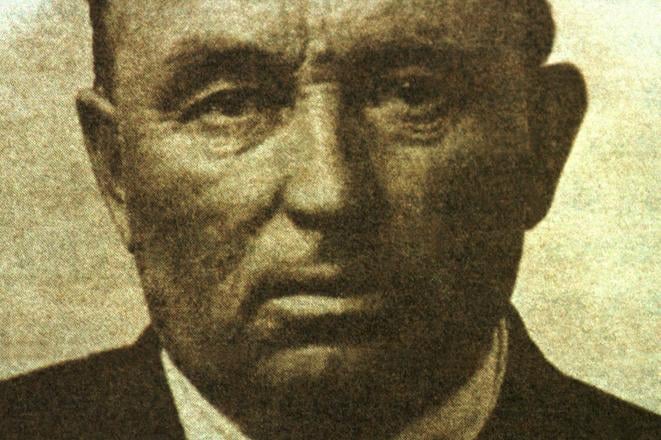 Štefan Banič. (source: TASR)
Štefan Banič. (source: TASR)
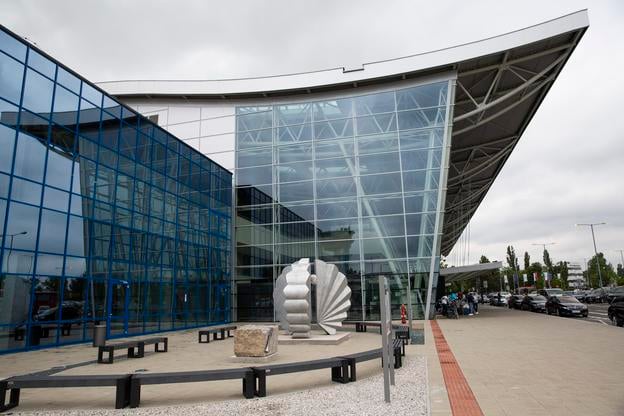 In the middle of the picture is the monument to Štefan Banič at the Bratislava airport. (source: TASR)
In the middle of the picture is the monument to Štefan Banič at the Bratislava airport. (source: TASR)
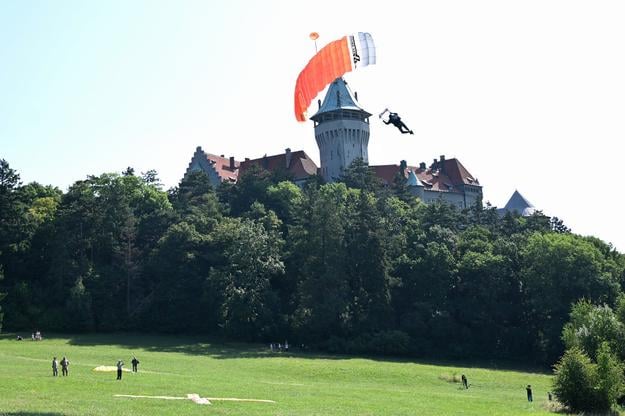 A commemoration event dedicated Štefan Banič in Smolenice. (source: TASR)
A commemoration event dedicated Štefan Banič in Smolenice. (source: TASR)
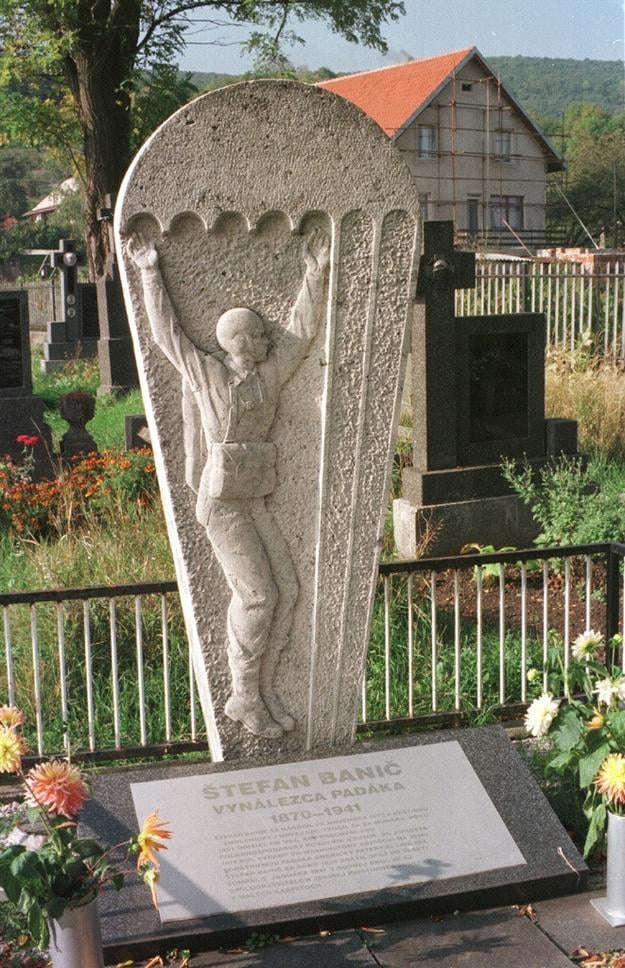 The grave of Štefan Banič in Smolenice. (source: TASR)
The grave of Štefan Banič in Smolenice. (source: TASR)
 Roháče in Západné Tatry (Western Tatras) (source: Miroslav Mäsiar)
Roháče in Západné Tatry (Western Tatras) (source: Miroslav Mäsiar)